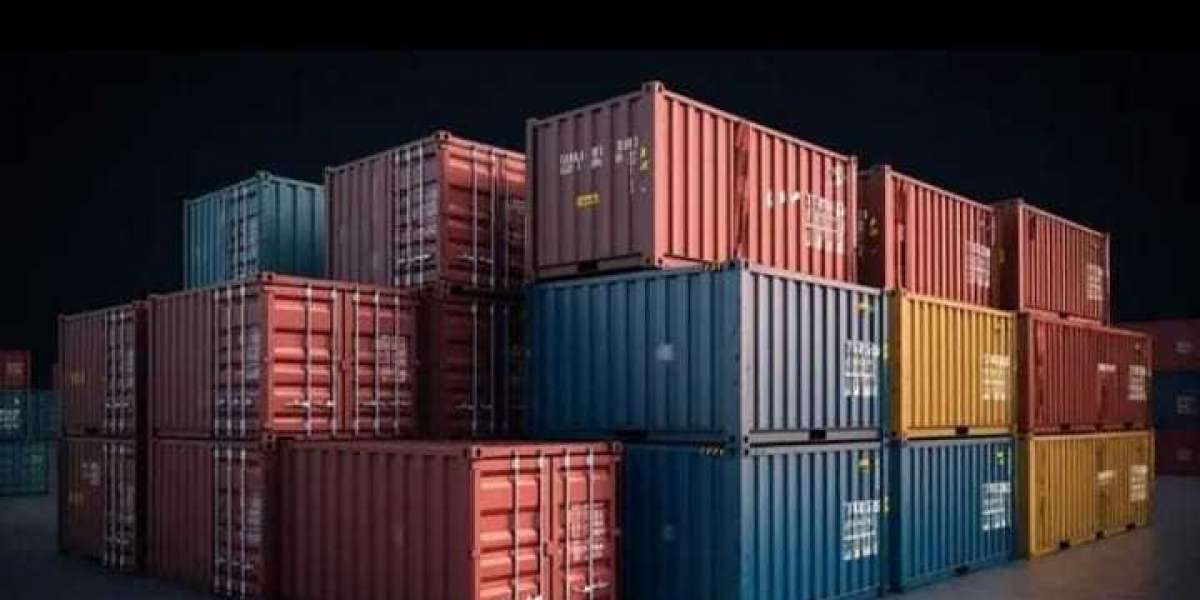Bulk Containers in USA play a pivotal role in the transportation and storage of large quantities of goods across various industries in the United States. These containers are essential for handling bulk materials such as chemicals, food ingredients, pharmaceuticals, and more. This article delves into the current trends, market growth, and key developments within the U.S. bulk container packaging sector.
Market Overview
The U.S. bulk container packaging market has experienced significant growth, with projections indicating continued expansion. By 2031, the market is expected to reach a value of approximately USD 34.1 billion, driven by increasing demand across sectors like chemicals, food beverages, and pharmaceuticals.
Key Trends and Innovations
Sustainability Initiatives
Manufacturers are increasingly adopting sustainable practices, focusing on recyclable and biodegradable materials. This shift aligns with environmental goals and addresses the growing demand for responsible business practices.
Automation and Digital Integration
The integration of automation and digital technologies is revolutionizing the packaging industry. Smart containers equipped with sensors and tracking devices offer real-time visibility into cargo conditions, enhancing supply chain transparency and contributing to smoother operations.
Customization for Diverse Cargo
Modern bulk container packaging is tailored to meet the specific needs of different goods. From temperature-controlled containers for perishable items to anti-static solutions for sensitive electronics, the market caters to a wide range of cargo requirements.
Market Segmentation
Product Types
Rigid Intermediate Bulk Containers (RIBCs): These containers are widely used for transporting liquids and granulated substances, offering durability and ease of handling.
Flexible Intermediate Bulk Containers (FIBCs): Also known as bulk bags, FIBCs are preferred for their cost-effectiveness and ability to handle various bulk materials efficiently.
Materials
Plastic: Dominates the market due to its lightweight design, cost-effectiveness, and high durability.
Metal: Anticipated to witness significant growth due to their reusability and stacking capabilities.
Corrugated: Emerging as a lucrative segment, offering lightweight and cost-effective solutions.
Challenges and Considerations
Despite the growth, the industry faces challenges such as fluctuating raw material costs and regulatory compliance. The rise in shipping costs and potential trade barriers can impact the supply chain dynamics, necessitating adaptive strategies from manufacturers and consumers alike.
Conclusion
The U.S. bulk container packaging market is poised for continued growth, driven by innovations in sustainability, automation, and customization. As industries evolve, the demand for efficient and adaptable bulk container solutions will remain a critical factor in ensuring the seamless movement of goods across the nation.




